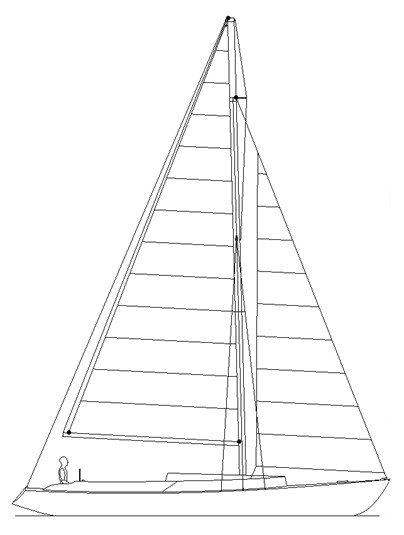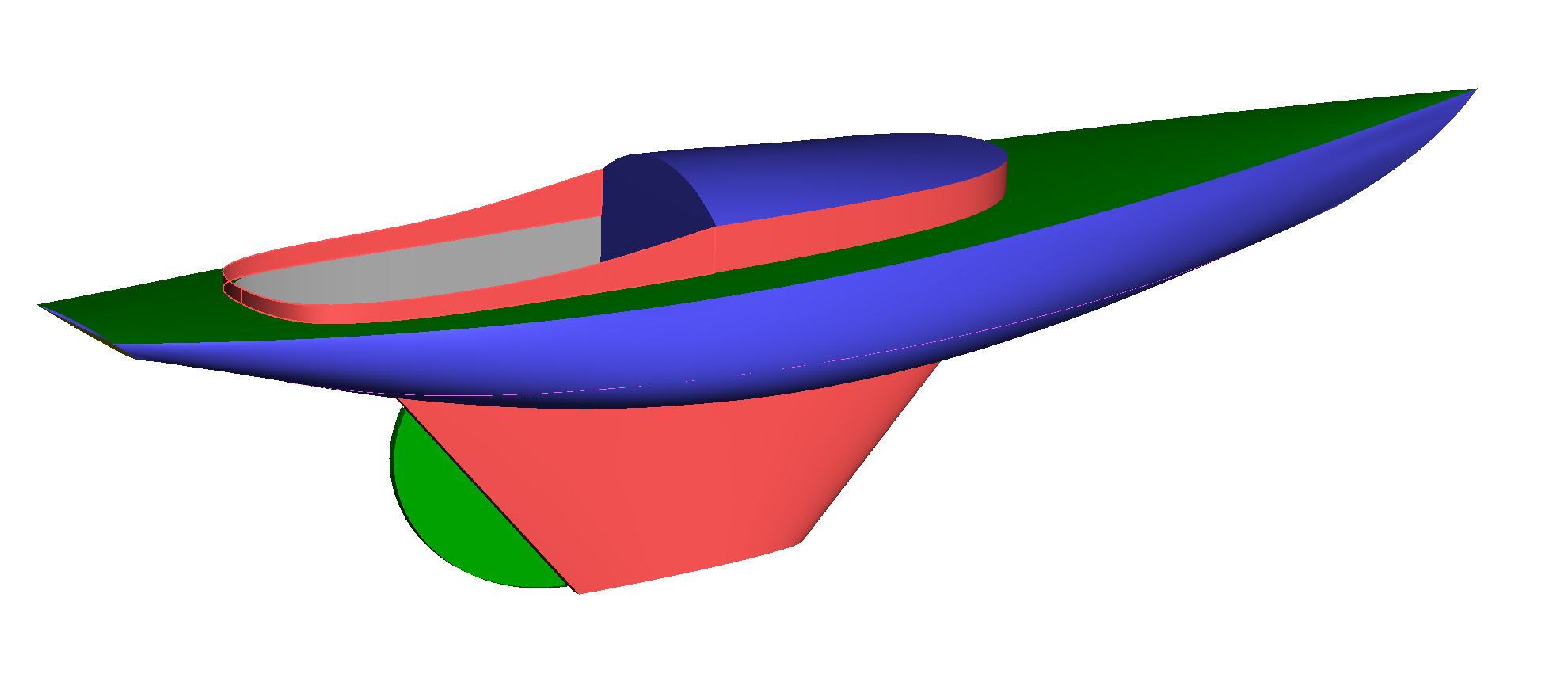The Race
between
Lighting Strike - Steel
and
Lighting Strike - Aluminum
To illustration the relationship between the 'Speed to Length' and 'Displacement to Length' ratios I designed 'Lighting Strike’ a classic style sleek styled thirty-five (35) foot , Length on Deck, Day-Sailor that can be constructed in both steel and aluminum.
She is not quite the design that one might expect for steel construction, because in the ‘Minds Eye’ of a vast majority of Sailors, steel is a heavy construction material and simply does not fit their vision as a classic, sleek, racing day-sailor.
However, if ‘Lighting Strike’ was constructed of aluminum, the ‘Minds Eye’ of most Sailors would find this construction material acceptable for this classic sleek racing day-sailor, since aluminum construction is about equal in weight to a fiberglass constructed hull.
‘Lighting Strike’ has a shoal keel, just my preference, as I wanted a boat that tracked well over a deep fin keel that would demand a bit more attention to the helm.
Both the steel and aluminum versions, of ‘Lighting Strike’ will have the same hull form, interior layout, Engine, tankage, Rig, ballast and so forth. The only difference is that the steel version, being heavier than the aluminum version, would have a deeper draft and longer Design waterline than the aluminum version.
While this design was on the drawing board the design was evaluated for performance using 'Aero-Hydro's velocity prediction software. to predict the ‘Seconds per Nautical mile’ for both the steel and aluminum versions of ‘Lighting Strike’. These results will give a good indication of how Displacement affects the performance of a steel hull.
Click the below link about 'Hull Speed'.


The following two links will take you the engineering calculations for each construction material, if you are so inclined.
Click the below link to see the results of the race.
|
|

|
|
|
|
|
|
|
|
|
|

